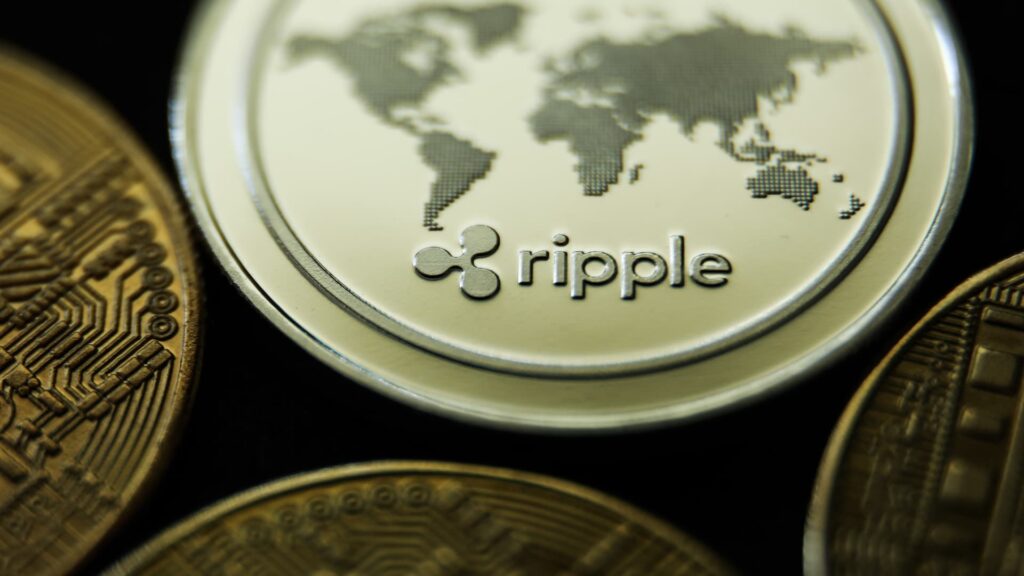In 2020, the U.S. SEC accused Ripple and its co-founders of breaching securities laws by selling its native cryptocurrency XRP without first registering it with the SEC.
Jakub Porzycki | Nurphoto | Getty Images
Crypto startup Ripple is the latest major player to jump into the $150 billion stablecoin market with the launch of a digital currency pegged to the U.S. dollar.
The stablecoin will always be backed 1-to-1 by an equivalent sum of assets — U.S. dollar deposits, U.S. government bonds and cash equivalents — that the company holds in reserve, according to Ripple.
The crypto firm said its reserves would be accounted for in publicly available monthly attestation reports. It did not say which firm will audit.
Ripple is first launching its stablecoin in the U.S., but didn’t rule out offering additional regional products in non-U.S. markets, like Europe and Asia.
The move would pit Ripple against stablecoin giants like Tether, which is behind the largest stablecoin USDT, and USDC issuer Circle.
Payments giant PayPal, meanwhile, launched its own U.S. dollar stablecoin called PayPal USD, a stablecoin backed by U.S. dollars and dollar equivalents that is issued by crypto firm Paxos.
But Ripple CEO Brad Garlinghouse said he’s not deterred by the competition. “This market will look different [in future], certainly based on size,” he told CNBC in an interview this week.
Why Ripple’s launching a stablecoin
Garlinghouse said the company decided to introduce a stablecoin to the market last year in response to the “depegging” of rival firms Tether’s USDT token and Circle’s USDC.
USDT temporarily lost its $1 peg in 2022 amid market instability resulting from the collapse of terraUSD, a popular so-called algorithmic stablecoin.
USDC also temporarily slipped below $1 in 2023 after revealing exposure to the collapsed tech-focused lender Silicon Valley Bank.
Some critics dispute the source of Tether’s reserves, and have doubts about whether company is sufficiently capitalized to survive…
Read the full article here





